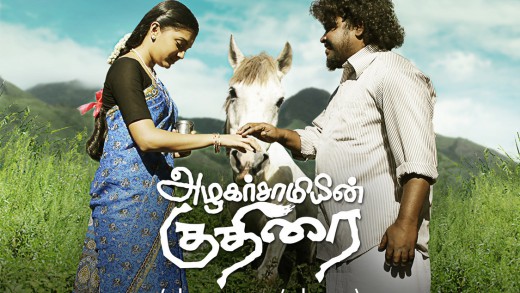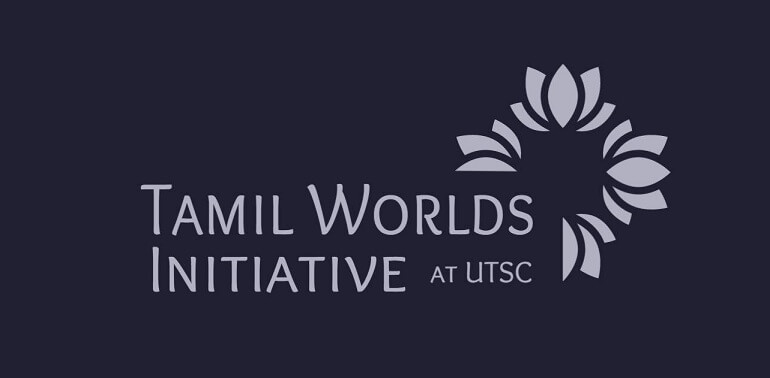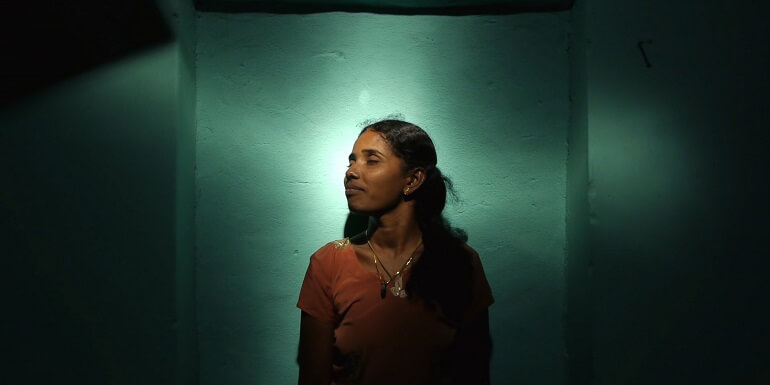Civil unrest. Fleeing as refugees. Estranged from the place they considered, and alienated in a place that hadn’t become, home. Life for first generation Tamil Canadians who left Sri Lanka in the 1980s and 1990s was extremely unstable.
If you’re amongst those lucky enough to have been born in Canada, or arrived young enough to avoid dealing with the challenges of leaving a war torn home, you’ve probably grown up hearing about it.
And yet, even with access to firsthand accounts, life back then couldn’t seem more foreign. The Canada we’ve grown up in is a very different place.
Lenin M. Sivam’s award-winning film 1999 takes us back to Toronto in the 1990s. It shows us the broken families that arrived in Canada, and the solace their young men sought in gangs as a family that would care for and protect them.
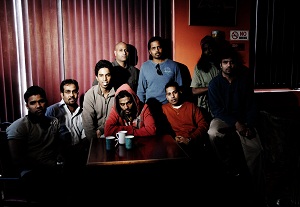 With a team of fifty volunteers recruited over the course of a year, the film was shot over twelve consecutive weekends. In spite of the fact that most of these volunteers had never worked on a film before, Lenin believes that they were inspired because they “bought the story and were passionate about it”.
With a team of fifty volunteers recruited over the course of a year, the film was shot over twelve consecutive weekends. In spite of the fact that most of these volunteers had never worked on a film before, Lenin believes that they were inspired because they “bought the story and were passionate about it”.
And the story was the focal point of 1999. Instead of shot selection, the team focused on capturing the story in the best way possible. Lenin says “You’ll notice that there are a lot of tight close-up shots. In every scene I did this because of continuity issues”. These issues arose from many of the actors’ lack of experience. While filming they would reposition themselves or objects in between takes disrupting the illusion, created through editing, that the film was shot continuously.
Another interesting element of the film is the presence of women through their absence. Sound confusing? Well, it’s actually quite profound. In order to represent the idea that the characters in the film are not living normal lives, Lenin removed a crucial element in each of their families—their women. Without their presence to convey the emotional reactions in the film, the male characters were further developed and very honestly portrayed.
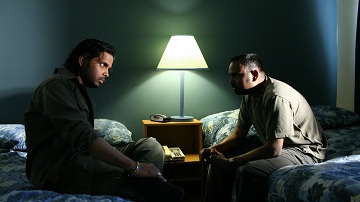 This honesty is also evident in the film’s treatment of the communication barriers that existed, and continue to persist, between different generations of Tamil Canadians. Often times we aren’t privy to the challenges those older or younger than us face. 1999 cuts across these boundaries and addresses parents not knowing how to raise their kids away from their homeland, and kids feeling neglected as they search for a sense of belonging.
This honesty is also evident in the film’s treatment of the communication barriers that existed, and continue to persist, between different generations of Tamil Canadians. Often times we aren’t privy to the challenges those older or younger than us face. 1999 cuts across these boundaries and addresses parents not knowing how to raise their kids away from their homeland, and kids feeling neglected as they search for a sense of belonging.
1999 has been seen around the world, winning awards along the way. It would be expected that responses would vary from country to country but it seems that the film is connecting the diaspora with those in India and Sri Lanka. While some audience members have found it to be an eye-opener about the difficulty of adapting to life in Canada for immigrants, others have felt that the film resonates with their own experiences.
For the director it was important to take a look at our collective past in order to acknowledge and accept it, as we move forward. According to Lenin “I wanted to look back and say that it’s nothing to be ashamed of. We were subjected to a war, and escaped here where we didn’t know the culture, didn’t know the language, didn’t know how to raise our kids. So many of us came here in a short period of time, and things were messy at the beginning. But we are moving on”.
—Nive Thambithurai

 Nivethika Thambithurai
Nivethika Thambithurai


